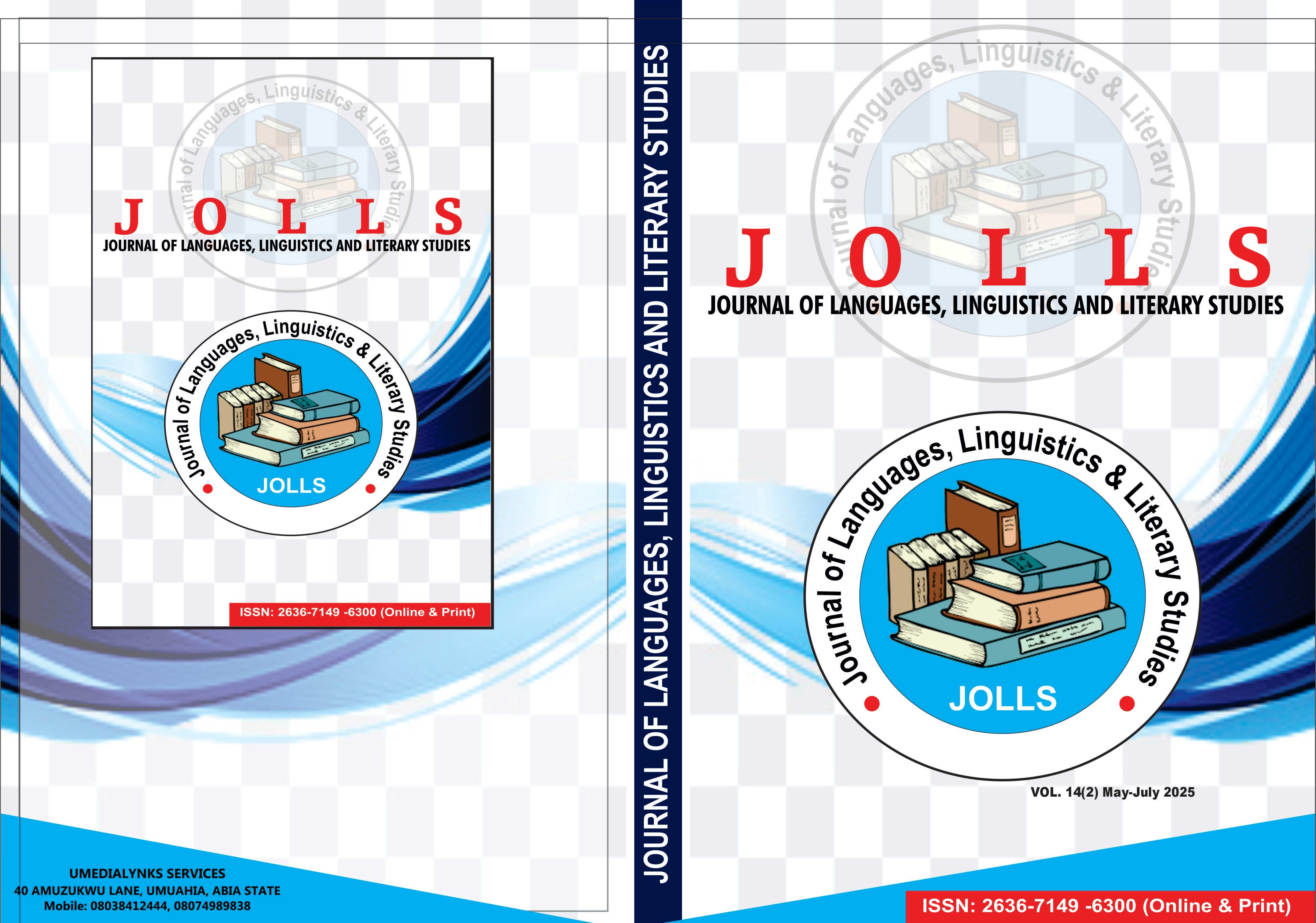PLURALISATION IN ENGLISH AND ARABIC: A CONTRASTIVE ANALYSIS OF NOMINAL MORPHOLOGY
Abstract
Language is a dynamic and evolving system, capable of both growth and decline. It serves as a primary medium through which human beings communicate and express their identities. Although individual languages may differ significantly, they also exhibit structural and functional similarities. This study examines the morphological processes involved in plural formation in nouns through a contrastive analysis of English and Arabic. A qualitative methodology was employed, and data were analysed from various texts presenting nouns in their singular forms across both languages. Five texts were selected, representing everyday expressions commonly used by native speakers. The findings reveal that while both English and Arabic employ suffixation in plural formation, their morphological strategies differ notably. These differences and similarities have important implications for second language acquisition. The results suggest that knowledge of the morphological patterns in one language may facilitate the teaching and learning of another, particularly with regard to grammatical categories such as pluralisation. Furthermore, the study identifies potential difficulties that language learners may face when transferring morphological rules across languages. By highlighting both convergences and divergences in plural formation, this research contributes to a broader understanding of cross-linguistic influence and offers pedagogical insights for language instruction and curriculum development.
Downloads
Published
How to Cite
Issue
Section
License
Copyright (c) 2025 International Journal of Arts, Languages, Linguistics and Literary Studies

This work is licensed under a Creative Commons Attribution-NoDerivatives 4.0 International License.




